How to Understand a Seed Packet
Inside: Learn how to understand a seed packet and what information it contains so you can buy the best seeds for your garden.
You walk into your local nursery or home improvement center to pick out some seeds for your vegetable garden.
Standing in the aisle you see all the cute little packets of seed and quickly become befuddled with all the choices.
How do you know what to buy for your own garden? Do you choose heirloom varieties, hybrid varieties, or some of both?
You just want a few tomato seeds. Should you buy indeterminate tomatoes or determinate plants?
Before you go to the store to buy seeds for your garden, you need to learn to read and understand a seed packet so that you can purchase the best varieties for your garden.
Most seed packets contain a wealth of information if you know what to look for. But sometimes there is so much information that it can be overwhelming.
Then there is the terminology among all the seed packet information that can be so confusing. And if you are growing multiple vegetables in your garden, you’ve got to buy seeds for each crop.
I’ve broken down what’s included on a seed packet so you can understand what the detailed information means and can purchase the best seeds for your vegetable garden.
What’s On a Seed Packet
First, there are often many different things on a seed packet. And not all seed packets will contain the same information.
The front of the seed packet usually contains the common name of the seed, the variety (cultivar), some have the botanical name (usually a Latin name), and many times a picture of the vegetable. And most seed companies will also have the seed company name on the front.
Sometimes seed packets that you order don’t contain a picture because there is usually a picture of that particular variety online or in the catalog you order from. However, if you are buying seeds from a display at the store, they most likely contain a picture.
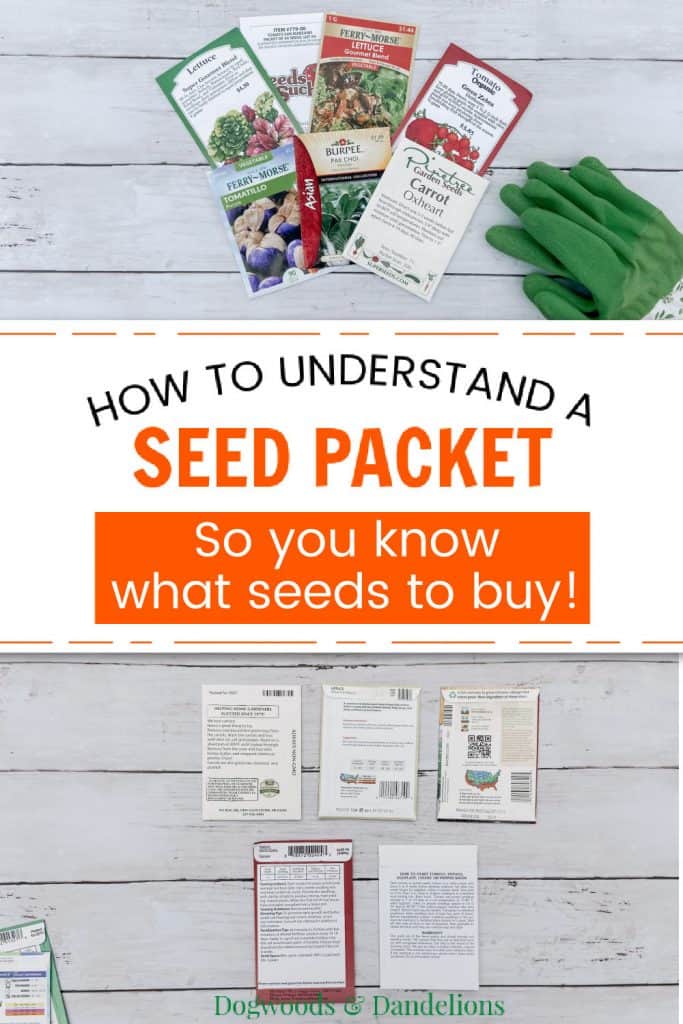
Affiliate Disclosure: Please note that some of the links in this article may be affiliate links and I may receive a small commission if you purchase something through a link. It will not change your cost. As an Amazon Associate, I earn from qualifying purchases. For more information, see my disclosures page.)
You can see in the picture above the different types of seed packets you can expect to come across. The ones from Burpee and Ferry-Morse were purchased from a local store and have beautiful pictures of the varieties.
All the others were bought online. You can see that most of the other seed packets contain no picture or either a hand-drawn illustration. If you would like to see actual pictures of each plant variety, you can usually do so in the catalog or online.
On the front of the packet you will also likely find the number of seeds in the packet or the weight of the seeds.
The back of the packet often contains more detailed information about the type of plant you are growing. Oftentimes you may find a description of the variety including flavor notes, color, and sometimes even a brief history or a recipe.
The back also contains planting information and usually a sell-by date or a date the seeds were packaged. This is not the same as the expiration date. With proper storage, many seeds will last several years, though the germination rates may decline.
Most of the different seed companies also put a lot number on the back of the packet beside the sell-by date. This is included in case the seeds should need to be recalled.
Many times the packet will contain information in the plant descriptions about what to expect as the plant grows and when to harvest the plant for the best quality. And any warranty information or guarantees are also usually included on the back.
Breaking Down a Seed Packet
Let’s break down what you can expect to find on the back of each seed packet. Remember, different companies include different things so not all of these items may appear on your packet.
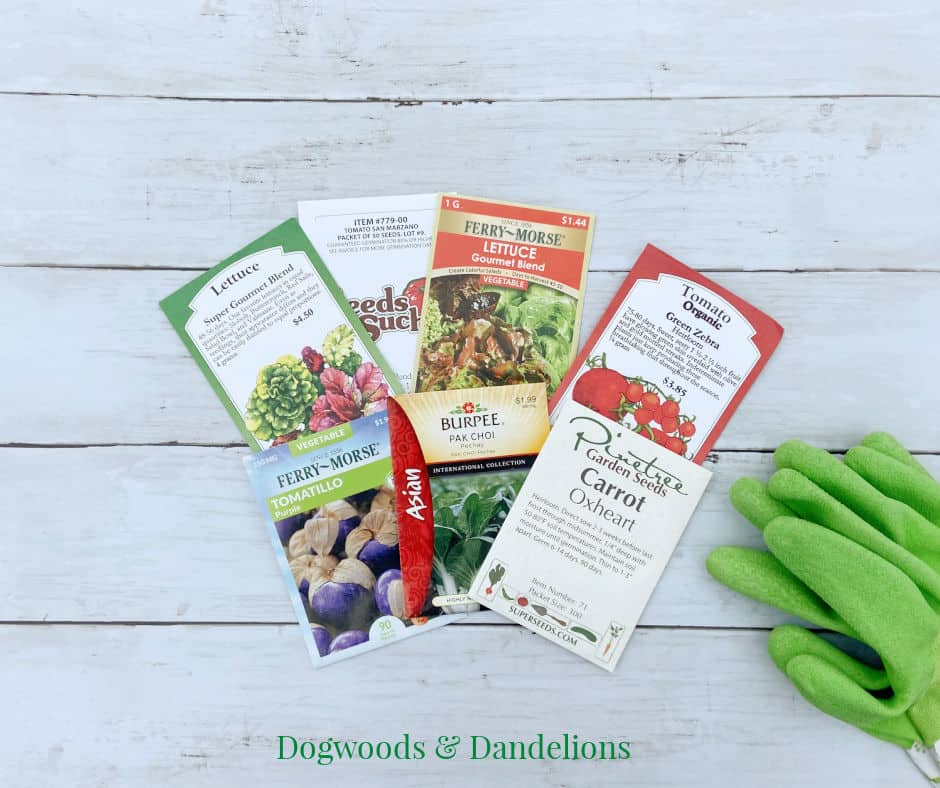
Description
The description on the seed packet contains lots of information relating to the variety. It will usually tell the color of the variety, if the variety is disease resistant, whether the seed is hybrid, organic, seed spacing, etc. (We’ll talk a bit more about those terms in a minute.) It’s a lot of information to cover in a small space.
On seed packets sold in retail stores, there is usually a description. However, seeds ordered from catalogs don’t always contain that info.
It’s hard to fit all the necessary information on a small seed packet so they expect you to refer to the seed catalog for that information. The description in the catalog is usually far more detailed than what could be included on a seed packet anyway.
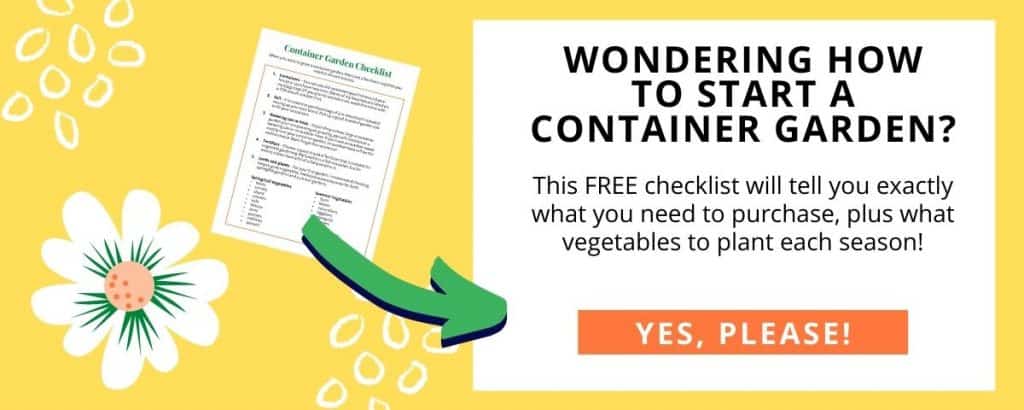
Terminology
If you aren’t familiar with growing plants from seed, the terminology can be a bit confusing. These descriptions should help you sort out what these terms mean.
- Open-pollinated means the seed will produce plants genetically similar to the parent plant. You can save seeds from year to year and the fruit or vegetable will look just like they did in previous years.
- Heirloom seeds are open-pollinated varieties that have been passed down from generation to generation.
- Hybrid plants are created when two open-pollinated varieties are crossed to form a new variety of the same plant. If you save the seeds, the plant may not grow to look like the plants from previous years and the fruits may be inferior. Please note that hybrid seeds are NOT the same as GMO seeds!
For more information on the difference between these terms, read Hybrid vs. Open-Pollinated Seeds: What’s the Difference.
- AAS means the variety was a winner of the All-America Selections Award. This award is given to varieties that perform consistently well across a large range of climates and conditions.
- Non-GMO means that the company does not knowingly buy or sell genetically modified seeds or plants. (Most seed companies do not sell GMO seeds.)
- Certified organic seeds means that the seeds are gathered from plants grown in certified organic conditions as outlined under the USDA National Organic Program.
- You will often find the terms indeterminate and determinate on tomato seed packets. Indeterminate means the tomato plant will keep growing and growing and provide tomatoes throughout the growing season. Determinate means that the tomatoes will ripen all at once to provide a large harvest for preserving.
- Vine, bush, or pole is often used to give you an idea of how tall the plant will grow. Bush varieties are usually fairly low to the ground, less than 2 1/2 feet while pole or vine types usually grow taller. These terms are used most often in cucumbers, squash, zucchini, and beans.
Understanding the Planting Instructions on a Seed Packet
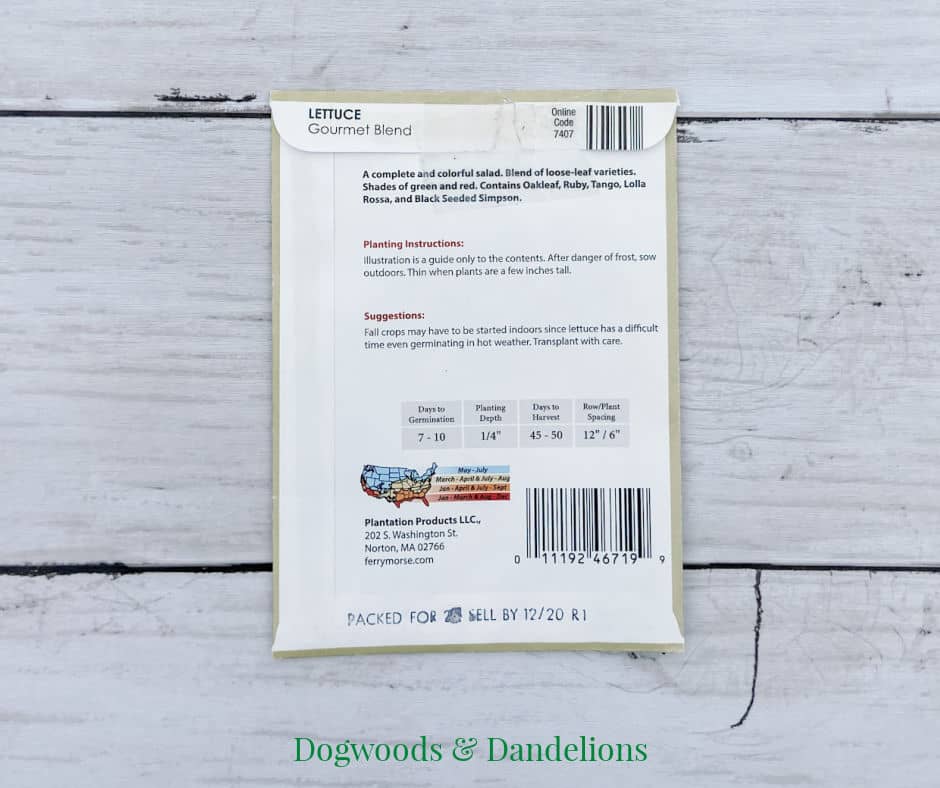
Seed packets will tell you how to plant the seeds. And this is probably the most important part. This information includes whether you should start the seeds indoors or whether they can be (or should be) started directly in the ground.
This information includes how deep to plant the seeds (seed depth) as well as how far apart they should be planted (plant spacing). If the plants should be thinned later, this is usually also stated on the seed packet.
Most packets also contain row spacing guidelines so if you are planning on planting a traditional row garden you know how far apart to space your rows. I definitely recommend reading seed packets and following these instructions, especially if you are a new gardener.
Learn: How to Start Seeds Indoors
The seed packet will also likely indicate whether the seeds should be planted in full sun, partial sun, or shade. If this information is not on the packet, it usually means that the seeds need full sun (a minimum of 8 hours) to grow properly.
Understanding When to Plant Your Seeds
Another important piece of information on the seed packet is WHEN to plant your seeds. Some seeds need to be planted in the spring or fall for a proper harvest.
Other vegetables can’t handle any amount of frost. They must be planted after your last frost in the spring and harvested before your first frost in the fall.
Your seed packet should give the optimum time to plant for your area. Many include a map of the United States divided by color. Called the USDA plant hardiness map, this map allows you to find your region and use the provided key to find the best time to plant your seeds.
Learn: Cool Season vs. Warm Season Vegetables
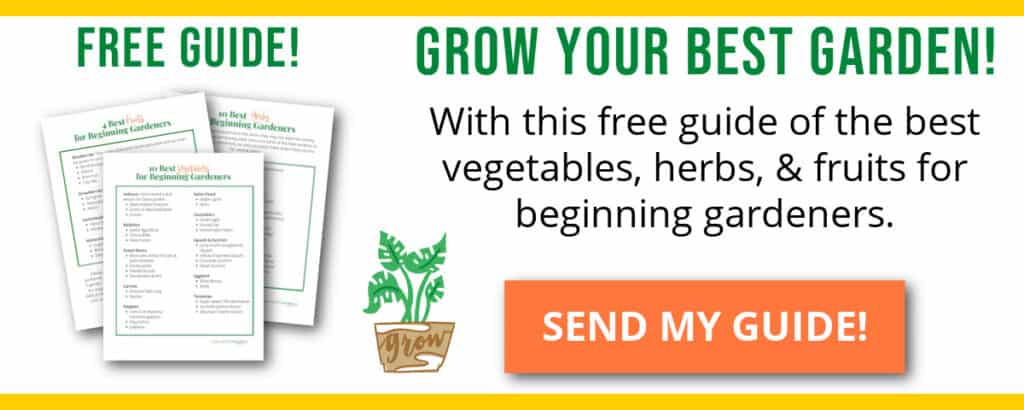
Understanding Germination Days & Days to Harvest
The “days to germination” is how long it takes the seed to sprout. This is usually given as a range. For example, super Gourmet Blend Lettuce from Territorial Seeds lists that it takes 2-15 days to germinate.
The reason for the range is because of how long it takes a seed to germinate varies by soil temperature and moisture. If you plant the lettuce outside in early spring, it will most likely take longer to germinate than it will if started indoors in your warm house at the same time.
If you don’t use an entire seed packet (and you most likely won’t) the seeds can be stored until next year. Usually, the germination rate will decline slightly but the majority of the seeds will still be viable. I just plant a few extras when I am planting older seeds.
Learn: How to Properly Store Seeds so they will be usable for a few years.
What to Expect From Your Seeds
Many seed packets will also tell you what you can expect as the seeds grow. Information such as how many fruits or vegetables you can expect to harvest or how tall the plant will be at maturity is often included.
Most seed packets also include the average number of days to harvest.
If this information is missing, it may be helpful to research the variety once you get home with the seeds so that you know how many to plant. If you plant an entire packet of lettuce at one time, you will probably have enough lettuce to feed the whole neighborhood!
You also want to be sure that you know how tall the plant grows so that you don’t accidentally shade lower-growing plants. Always plant taller crops on the north side of your garden.
In Summary
Once you understand the terminology on a seed packet, reading that information will be very helpful. You can use that information to choose the best seeds for your backyard garden.
Related Posts
- How to Understand a Seed Catalog
- Don’t Make These Beginning Gardener Mistakes
- How to Start a Garden on a Budget

Meet Julie
I’m a farm girl born and bred in North Carolina. I’ve been growing a vegetable garden for over 20 years (and helping my Mom grow hers even longer). I’ve been raising chickens in my bathtub and backyard for 12+ years. I believe that homegrown food can be made simple. Let’s get started.
